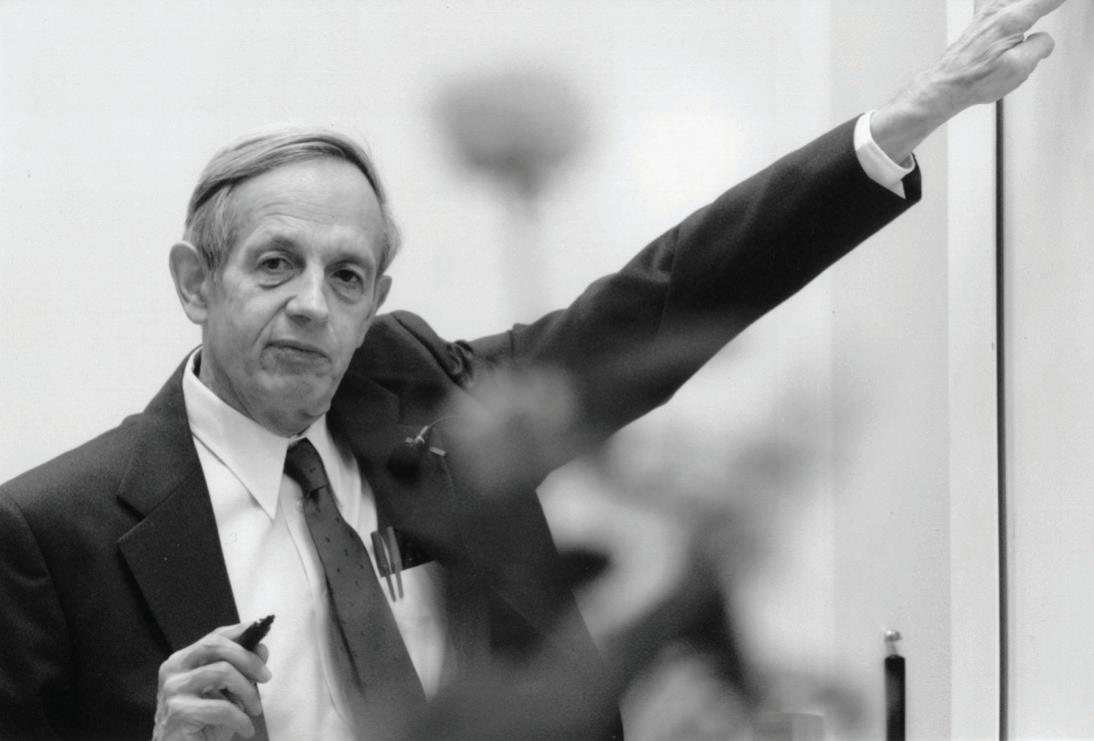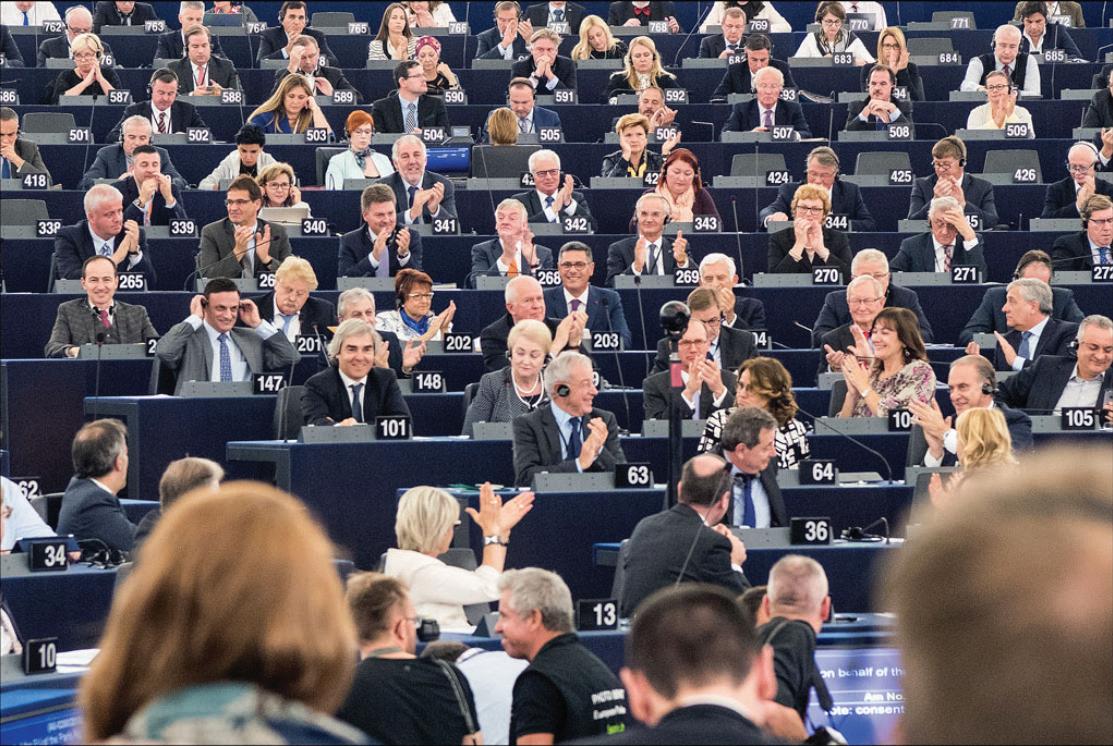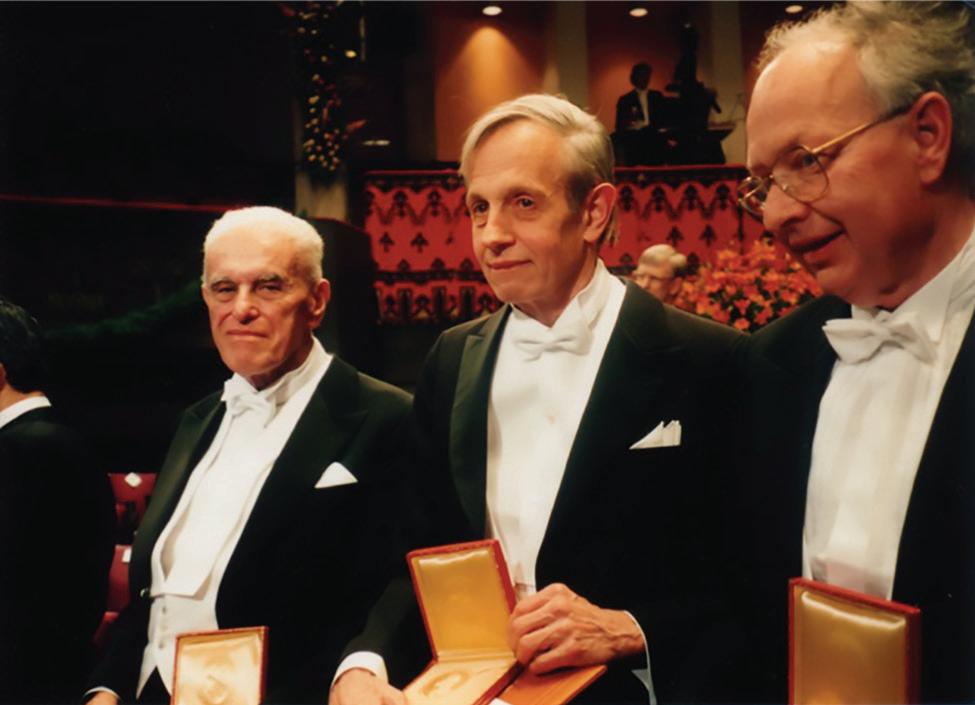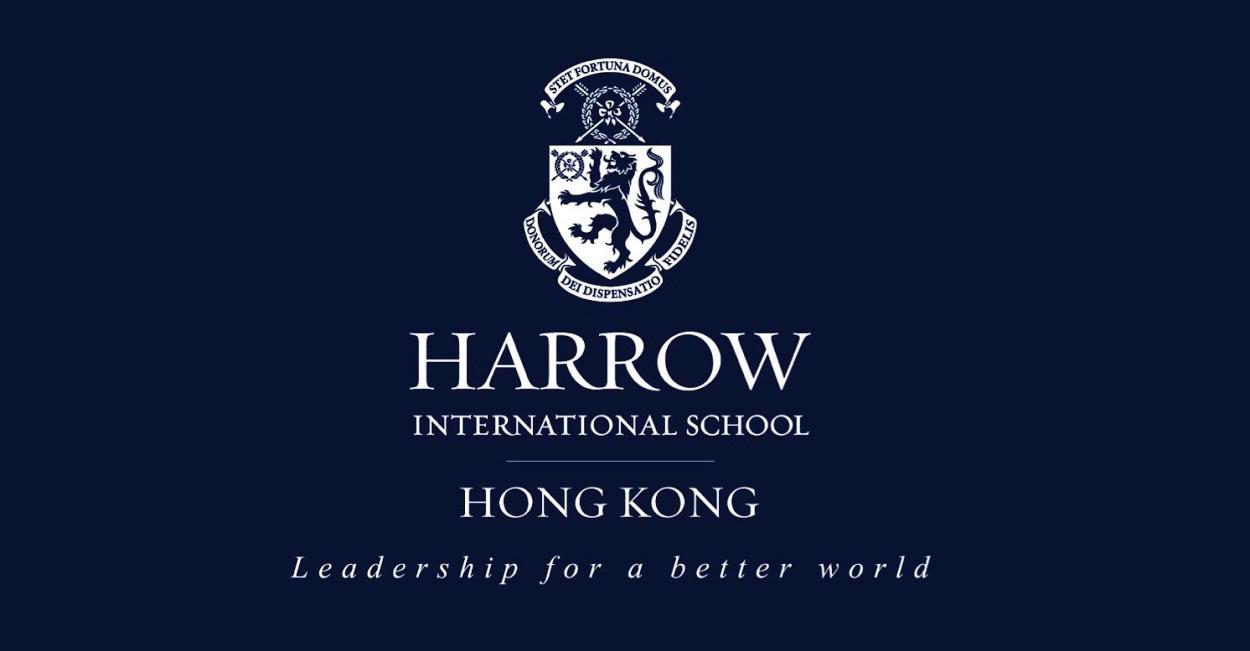
10 minute read
Josh Nash And His Contribution To SDG
John Nash and his co
Introduction
He was a quirky professor at Princeton University whose students described him as a ‘world-class troll’. He was an adamant classical music lover who could whistle an entire music piece in elementary school. However, most importantly, he was one of the most beautiful mathematical minds of all time. This man was none other than John Forbes Nash Jr., an American mathematician whose work had significant impacts on various fields including economics, geometry, and social sciences. He is most known for his Nash Equilibrium, our primary focus in this essay. It was a gamechanger for game theorists, and gave insight into the complex process of decision making that applies to almost every academic field and helps explain common phenomena in our daily lives.
An interview with John Nash. Source: pbs.org
ntributions to SDGs
Kevin Liew, Chloe Levieux and Andrew Wang
In the 1950s, an American non-profit global policy think tank, RAND Corporation, led investigations into game theory for its potential usage in global nuclear strategies. During this time, the organisation published papers written by John Nash in which he outlined the Nash equilibrium. A Nash equilibrium is the stable state of a system where, for a certain amount of people, no one can change their strategy to gain a more desirable outcome as long as the other n-participants’ plans do not change. The theory provided a way of predicting the possible outcome of a game with n-players in which each acted to maximise self-interest. To fully understand the extent of this theory’s significance, we must establish the definitions of critical key terms. A strategy takes into consideration all combinations for every possible situation of a game, allowing one participant to make a move that can maximise the benefits they receive from it. Nash established that pure strategy dictates the actions a player will make in any given situation, whilst mixed methods (of which there is an infinite amount) assign as n-probability to each pure strategy to allow n-players to pick them randomly. A non-zero sum game refers to a situation where one person’s gain or loss may not necessarily affect another person’s failure or success. In other words, n-players’ interests are not directly opposed, so the wins and losses in a game do not necessarily balance each other out to zero, and there is a possibility of mutual gain in a win-win situation. So, Nash proved that for a finite n number of players in a non-zero-sum non-cooperative game, there exists a Nash equilibrium in mixed strategies. Assuming your superior intellect allows you to understand the term ‘non-cooperative’, we will move on to explore the infamous example of the Prisoner’s Dilemma to further cement this concept.
Prisoner’s Dilemma
First, let us explain the Prisoner’s Dilemma. This problem was initially proposed back in 1950 by Merrill Flood and Melvin Dresher, two American mathematicians working at RAND Corporation. The Prisoner’s Dilemma analysed, as part of RAND’s research into game theory, why two entirely rational individuals might choose not to cooperate, even if they could gain a better outcome for themselves by working together. There are many interpretations and variants of the Prisoner’s Dilemma. However, for the sake of consistency, we will be using the following scenario: two members of a crime syndicate have been caught by the police and taken in for questioning. The two criminals have no means to communicate with each other once arrested. The District Attorney lacks enough evidence to associate them on the principal charge, but they have enough to convict both prisoners on a lesser crime. The District Attorney gives the two prisoners the same offer separately; they can either confess that the other prisoner committed the crime, or they can remain silent and cooperate with the other prisoner. This proposal can lead to 1 of 4 outcomes. If prisoner A confesses and prisoner B does not, prisoner A’s sentence will be lowered down to 1 year, whereas prisoner B will serve 10 years. If prisoner B confesses and prisoner A does not, the reverse happens. Both prisoners staying silent leads to both serving 2 years. Both prisoners admitting their guilt results in them serving 3 years. Just for simplicity, we will ignore the limitations of this Nash equilibrium – these outcomes do not affect either prisoner’s reputation within the crime syndicate, and they will not get retribution or payback on each other. No external factors influence their decision.
From the perspective of prisoner A, if prisoner B were to confess, his best option would be to do the same and only receive 3 years of imprisonment instead of 10. Alternatively, if prisoner B did not disclose information, it would also be in prisoner A’s best interest to confess to only serve 1 year in prison instead of 3. This is because if prisoner A also decided to stay silent, he would run the risk of getting 10 years in jail if prisoner B changed his mind and decided to confess. Both prisoners are likely to have this thought process, and so this would most likely lead to the result where both receive 3 years in jail. This outcome is the only one with a Nash equilibrium as no prisoner can change their strategies to gain a lighter sentence if the other prisoner’s choice to confess remains constant. As such, we can conclude that the most optimal outcome for both prisoners collectively would be to stay silent. However, this is not feasible as the possibility of the other individual betraying the prisoner for their gain is more than likely enough to sway their opinion into confessing. This example relates to the real world where due to several participants or parties only seeking to benefit themselves, the situation does not result in the optimal outcome for all parties and thus ends in a Nash equilibrium where everyone suffers more.
Applications of the prisoner’s dilemma
1. Regulations of CO 2 emissions
As we have covered the basics of the Nash Equilibrium, we will move on to one of the most paramount applications of the Nash Equilibrium – the regulation of CO2 emissions. Climate change and global warming are substantial global concerns, but as each country individually has an economic interest in emitting CO2 for their industrial production, global inaction occurs. This refusal to make personal sacrifices for the collective greater good is a Nash equilibrium. All countries produce CO2 to create cheap energy. Hence, there is less impetus to deviate from their original energy plans. Countries may also be tempted by free-riding off of other nations’ climate action, which can offer the prospects of benefits of policy action without the costs of abatement, creating a second Nash equilibrium. The Nash Equilibrium can also explain how every individual following their optimal course of action does not yield the best outcome for the group. Therefore, we need intervention if we wish to reach the desired outcome for everybody, namely via the use of treaties or legally binding documents, such as the Paris Agreement, to enforce and impose guidelines. However, Nash’s theory does not account for the consequences of irrational behaviour; history has shown that humans are not rational beings. On June 1, 2019, US President Donald Trump announced that the U.S. would withdraw from the 2015 Paris Agreement on climate change mitigation, stating that it ‘will undermine [the U.S.] economy’ and ‘puts [the U.S.] at a permanent disadvantage’. President Donald Trump chose to free-ride off of the climate action of other nations and avoid the burden of carbon abatement costs, ignoring the Nash equilibrium.
Providing an insight into climate change scenarios, the Nash Equilibrium helps to target the UN’s social development goals, one being climate action. Target 13.2 involves integrating climate change measures into national policies. John Nash’s work also directly targets Partnership, the 17th SDG, by helping countries cooperate and abide by a particular set of guidelines to achieve sustainability. For example, the Nash Equilibrium could convince governments to work together towards Life Below Water, the 14th SDG, by lessening the effect of global warming to keep sea temperatures from rising. They could also implement specific policies to protect the incomparable biodiversity of the aquatic world. Hear it from Nash himself: “The best for the group comes when everyone in the group does what’s best for himself and the group.”
Paris agreement signature ceremony. Source: Flickr

2. Applications in sports
In sports scenarios, the use of illegal performanceenhancing drugs can cause a significant disadvantage towards rule-abiding players. The Nash Equilibrium, just like in the CO2 emissions example, provides an insight into the case by emphasising the importance of intervention, like mandatory blood content checks and a penalty for violation of fair play. The Nash Equilibrium can be applied to almost every competitive event like this and dramatically helps sustainable development goal 16 – Peace, Justice, and Strong Institutions – by promoting an international institution of fair play (16.6) and a law regulating sports events. (16.3)
Nash’s personal experiences and mental illness
Nash suffered and then recovered from schizophrenia, a severe mental disorder in which people interpret reality abnormally. The Swedish Academy of Sciences almost denied him his Nobel prize for his work in economics as members felt that esteeming a ‘madman’ would damage the Nobel brand’s image and ruin the prize ceremony. However, the prize committee recognised that mental illnesses were, after all, valid medical conditions, just like other conditions such as heart disease. Nash’s recognition as a mathematician secured his prize, regardless of his schizophrenic condition. Winning the Nobel prize, one of the highest honours that a mathematician can get, broke the negative stigma regarding the mentally ill. SDG 3.4 aims to ‘promote mental health and well-being’, and SDG 16.6 seeks to ‘promote and enforce non-discriminatory laws and policies for sustainable development’. With his success, Nash created awareness for both goals, revealing how the ignorant discriminatory behaviour towards people suffering from mental health issues prevented the acknowledgement of their impactful achievements. Policies must be put in place to create a more inclusive, accepting, and sustainable society where everyone excels and thrives. Shattering the public’s prejudice, Nash’s accomplishments send a powerful message that mental illnesses should not deprive one’s standing in a sustainable society, and that we should recognise people for who they are, and not whether they conform to any ideal.
John Nash at the Nobel prize ceremony. Source: American Experience, PBS

Conclusion
There you have it – John Forbes Nash Junior. Generations will remember one of the most brilliant mathematical masterminds, whose Nash Equilibrium provides an acute insight into the consequential governmental decisions that dictate the sustainability of our future, as well as the complex mechanisms that operate in our daily lives. So, the next time you and your friend find yourself participating in a failed bank heist, or signing on the most recent global climate change agreement, think back to John Nash and his explorations on the consequences of selfishness. In the long run, a collectivist approach is a much better approach than self-centred desires: as Josh Nash said, “Perhaps it is good to have a beautiful mind, but an even greater gift is to discover a beautiful heart!”
Bibliography
Cazals, Charles. “How Game Theory Affects Your Everyday Life”. http:// www.thelondonglobalist.Org/, 2020, http://www.thelondonglobalist. org/how-game-theory-affects-youreveryday-life/.
Yurcaba, Jo. “As A Professor, John Nash Was Tough, Quirky, And Hilarious, According To His Former Students”. Bustle, 2020, https:// www.bustle.com/articles/85520-asa-professor-john-nash-was-toughquirky-and-hilarious-according-tohis-former-students.
Khan, Sal. “More On Nash Equilibrium (Video) | Khan Academy”. Khan Academy, 2020, https://www.khanacademy.org/ economics-finance-domain/ ap-microeconomics/imperfectcompetition/oligopoly-and-gametheory/v/more-on-nash-equilibrium. “Game Theory”. En.Wikipedia.Org, 2020, https://en.wikipedia.org/wiki/ Game_theory. Accessed 16 Nov 2020.
“A ‘Beautiful Mind’ and his Nobel Prize”. Christie’s, 2020, https://www. christies.com/features/A-BeautifulMind-John
Goode, Erica. “John F. Nash Jr., Math Genius Defined by a ‘Beautiful Mind,’ Dies at 86”. The New York Times, 2020,
https://www.nytimes. com/2015/05/25/science/john-nasha-beautiful-mind-subject-and-nobelwinner-dies-at-86.html.




